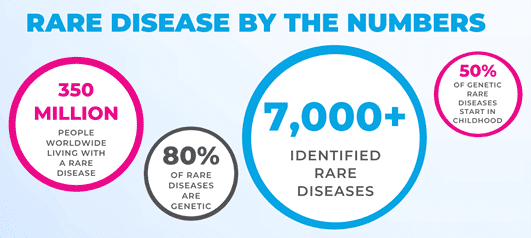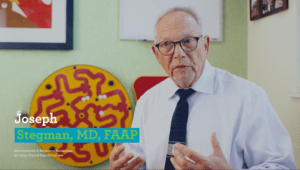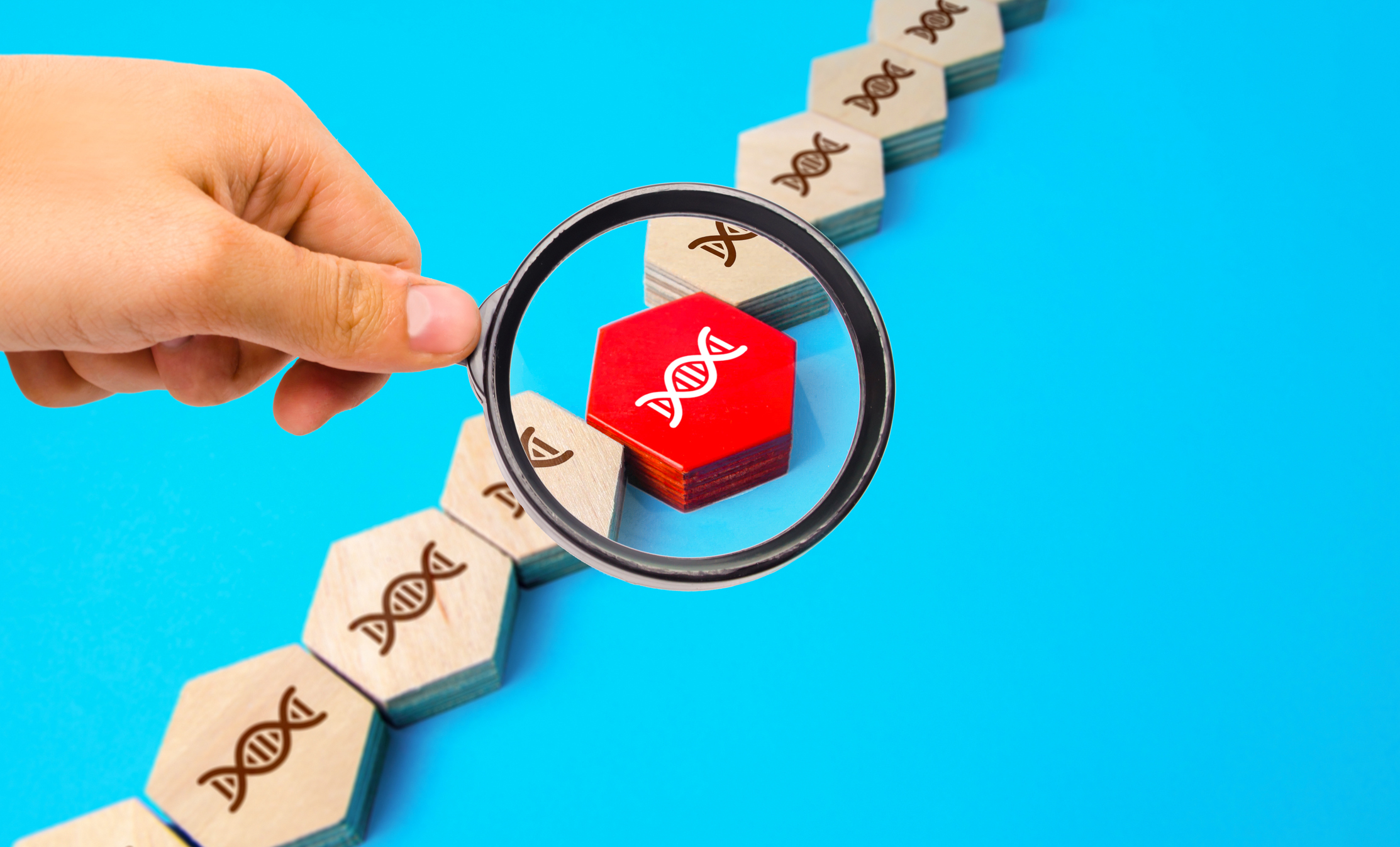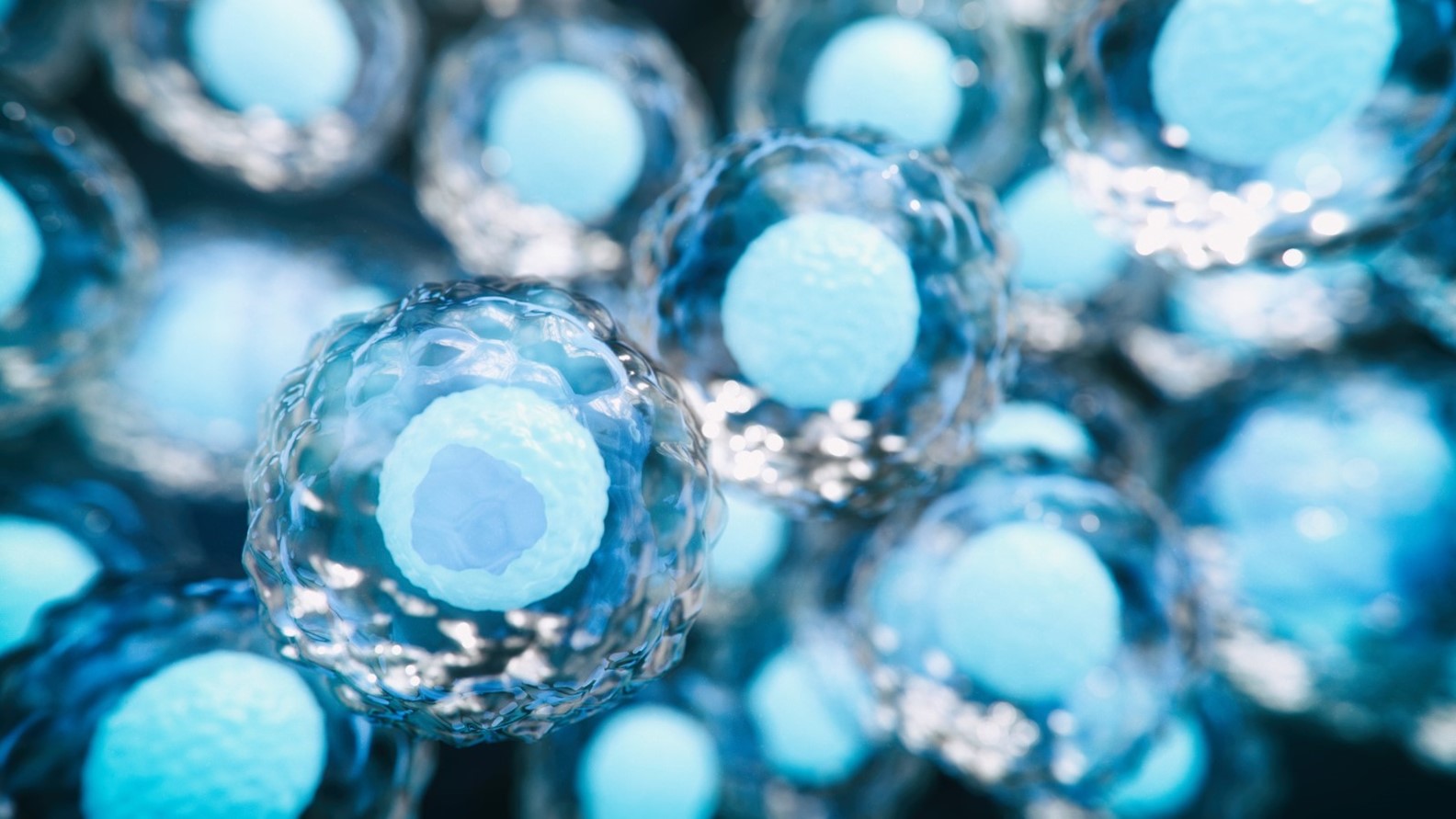Blog
Rare Diseases are Not Rare, and Bionano is Committed to Making a Difference
The Numbers Tell the Real Story
Rare diseases are not rare at all, they affect more than 350 million people globally. Rare diseases are estimated to impact 1 in 15 people worldwide and according to the National Institutes of Health there are more than 7,000 rare diseases that have been identified to date. Each one of these devastatingly impactful conditions has a relatively low frequency in the population, which gives them the ‘rare’ designation, but in total rare is not rare at all. There are approximately 25 million Americans and 30 million in Europe living with a rare disease today.

The Journey is Arduous
Those afflicted with a rare disease can take an average of 7 years before receiving an accurate diagnosis. Most of the time, these conditions are characterized by a series of relatively broad symptoms without obvious etiology, which means people impacted by them must look for answers without much guidance. Many patients undergo an emotionally exhausting and painstakingly lengthy process called the diagnostic odyssey. This process begins when a patient first recognizes a symptom, or set of symptoms and seeks a diagnosis from a medical professional. It is estimated that 50% of rare diseases begin in childhood. In their long search for answers, patients on average see eight physicians and receive three misdiagnoses during the process. In the U.S., 75% of rare disease patients experience depression and 86% anxiety and stress during their long search for answers. It’s not just the patient who is impacted either – the whole family feels the strain, physically, emotionally, and economically.

A Major Part of the Solution is Genomic Testing and Research
Approximately 80% of rare diseases are estimated to be genetic in origin and standard techniques have proven to be inadequate for providing answers for most people. There are many different causes of rare disease, but the vast majority are genetic, directly caused by changes in genes or chromosomes. In some cases, genetic changes that cause disease are passed from one generation to the next. In other cases, they occur randomly in a person who is the first in a family to be diagnosed. Karyotyping, fluorescent in situ hybridization (FISH), chromosomal microarray (CMA), targeted next-generation sequencing (NGS) and whole genome sequencing (WGS) are broadly used during the diagnostic odysseys associated with rare diseases and yet, after employing of all these techniques, greater than 50% of patients on average are still left undiagnosed – they have no definitive answers as to what the root cause of their condition is – which means if there is a treatment, they likely can’t get it. A major part of the solution is to introduce new tools that see more of the genetic changes that could be at the root of the disease. New tools are needed not only to improve the success rates of testing but in research to discover new genetic changes and correlate them diseases to give doctors and patients more actionable information to work with.
Hear from Bionano Employees, Clinicians, and a Patient’s Family About their Connections to Genetic Diseases
We are committed to delivering answers with our genome analysis solutions. We offer a suite of solutions that get right to the core of the solution: optical genome mapping (OGM) systems, genome analysis software as well as testing and laboratory services to provide valuable answers for rare undiagnosed genetic disease (RUGD) research. OGM has been proven to deliver more meaningful answers across the genome than standard techniques and we are committed to ending these long painful odysseys through our product solutions accessible for translational and clinical research globally. Bionano is committed to help and delivering genomic answers is what we do. Our mission is to elevate human health and wellness by transforming the way the world sees the genome. Contact us to inquire more about our research solutions for RUGD.
Hear From Our Employees as They Share Their Why and Passion for The Work They Do
Listen to some of our team share why we love the work we do, why we are passionate about OGM technology and how we are making a difference and making OGM a central part of genome analysis. We love doing something that nobody’s done before and coming together to change the world!
Listen as Clinicians Share Their Testing Experiences
Hear from two esteemed Developmental & Behavioral Pediatricians, Joseph Stegman, MG, FAAP, and Nathan Nobel, DO, as they share the challenges they’ve experienced with testing and diagnosing their patients. And how the Lineagen testing kits and lab reports have improved, simplified, and added value to their efforts.
Hear From a Family as They Share Their Journey To Understanding More About their Son’s Genetic Disease
Watch Robert and Christina share their heartfelt story about how answers from genetic testing help guide their son, Ben’s, care.
“You’ll always be able to treat the symptoms, but knowing what is causing it is invaluable, it’s priceless, and it probably saved his life.” – Robert & Christine, Ben’s parents







